Leaving Certificate Teacher Resources
Tenement Times and Social Reform (Henrietta Street 1870 - 1914)
Syllabus links:
- Movements for political and social reform, 1870-1914
- Case study: Dublin 1913 – strike and lockout
The Famine of 1845-49 saw a huge influx of people move from the Irish countryside to the cities. Landlords capitalised on the demand for housing by buying huge Georgian houses and converting them into multiple living spaces known as tenements.
From the 1860s a number of the houses on Henrietta Street had been converted into these tenement buildings. In 1876, Thomas Vance of Blackrock in Co. Dublin bought number 14 Henrietta Street with the intention of turning it into a tenement with fourteen flats. He removed the marble chimneys and mahogany doors of the grand Georgian period and sold them at auction. He removed the grand staircase to fit in more rooms, and the former servants stairs became the communal staircase. He installed two toilets.
Over the next few decades, 14 Henrietta Street and other tenements across Dublin became home to huge numbers of working people and the poor. In the 1911 census over 100 people lived in 14 Henrietta Street, the house built for one family in the 1700s.
The Dublin Housing Inquiry 1913-1914
Published by the Local Government Board for Ireland, the Dublin Housing Inquiry was prompted by the collapse of two tenement buildings at No. 66 and No. 67 Church Street on the 2nd September 1913 where seven people died and many were injured. It was also a result of an increased public focus on the living conditions of the poor as a result of the Dublin Lockout.
The report found that over 20,000 families lived in one-room tenements (23% of the entire population. Many buildings were classified as “unfit for human habitation”. The report was accompanied by a series of photographs of housing conditions, which were probably taken in autumn of 1913. They were presented to the Dublin Housing Inquiry in November 1913 by John Cooke, Honorary Treasurer of the National Society for the Prevention of Cruelty to Children (NSPCC).
The report was presented to Parliament in February 1914, but with the outbreak of war in the summer of that year, housing conditions of Dublin ceased to be a political priority.
“I condemn the whole of the tenement system now existing. It breeds misery; and worse. It causes a great waste of human life and human force; men, women and children can never rise to the best that is in them under such conditions.” - John Cooke, 1913
The full report can be downloaded in the ‘further resources’ section below. Here are some extracts from the committee’s recommendations:
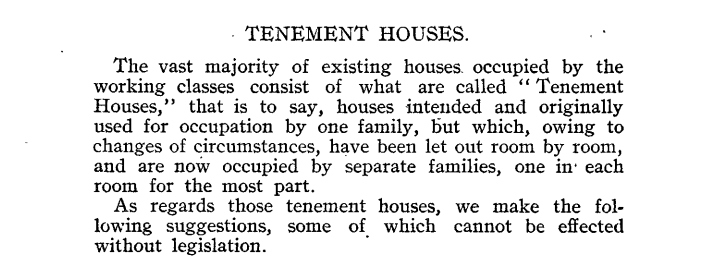
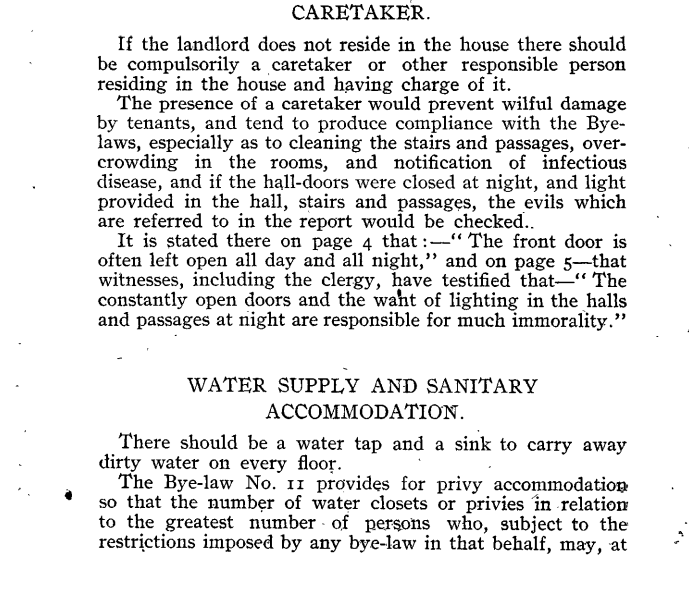
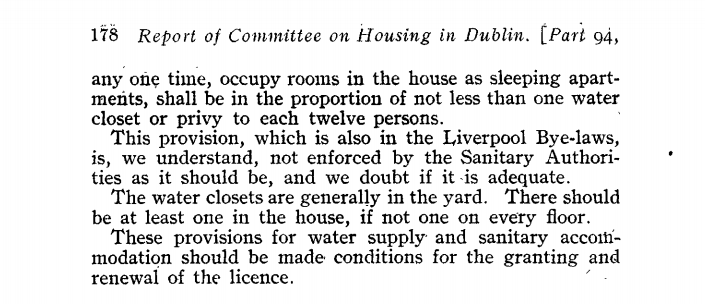
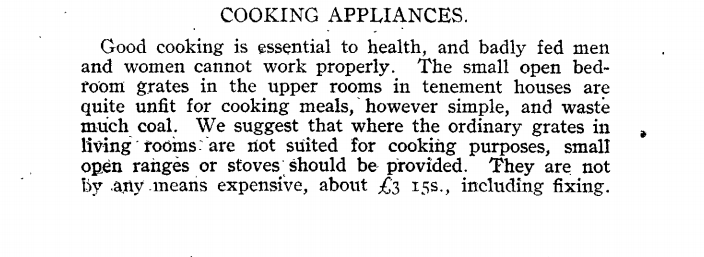
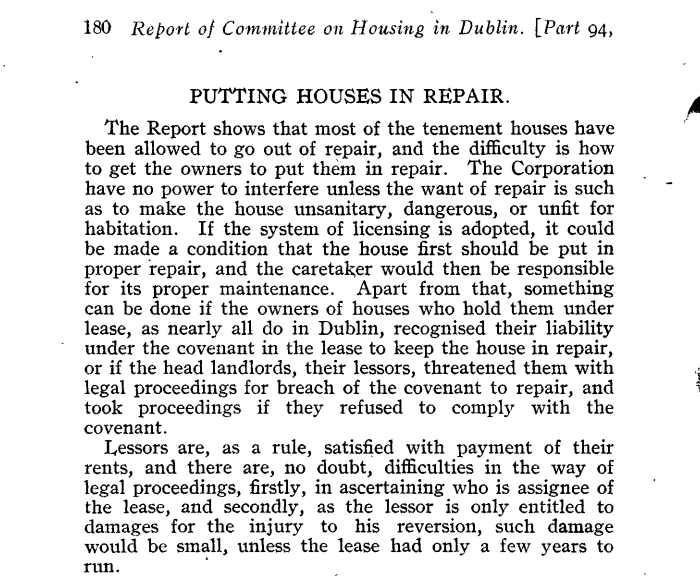
Evidence of life in 14 Henrietta Street as a tenement
1877 | An Irish Times advert for accommodation in 14 Henrietta Street:
"To be let to respectable families in a large house, Northside, recently papered, painted and filled up with every modern sanitary improvement, gas and wc on landings, Vartry Water, drying yard and a range with oven for each tenant; a large coachhouse, or workshop with apartments, to be let at the rere. Apply to the caretaker, 14 Henrietta St."
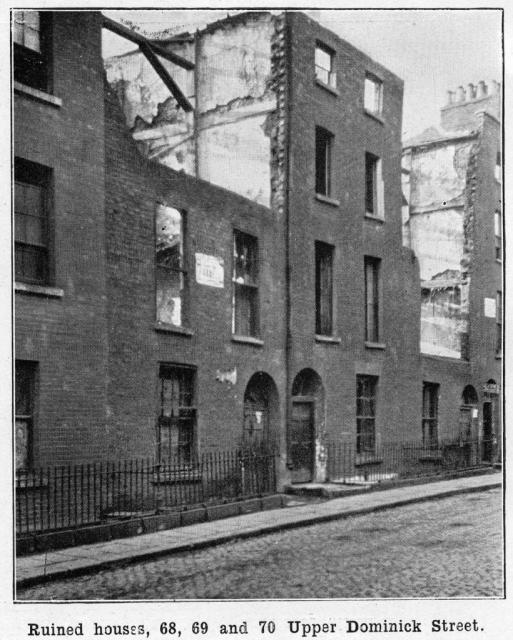
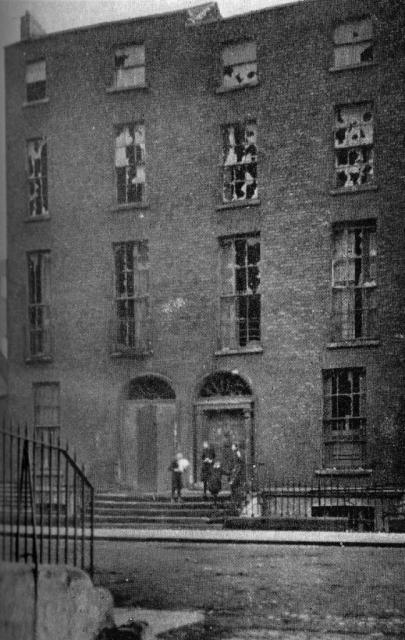
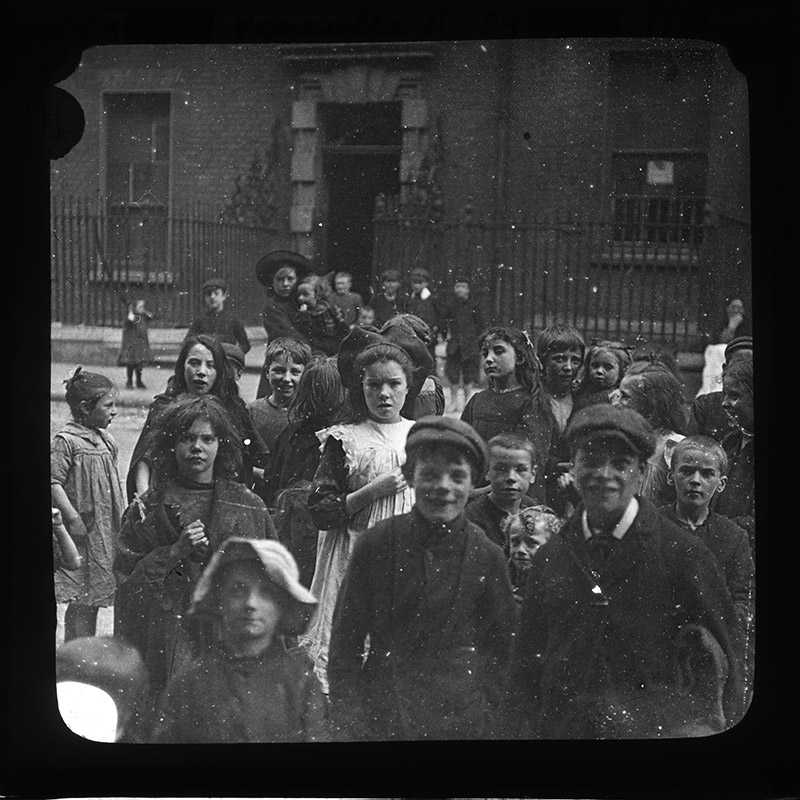
 ShopBook Now
ShopBook Now